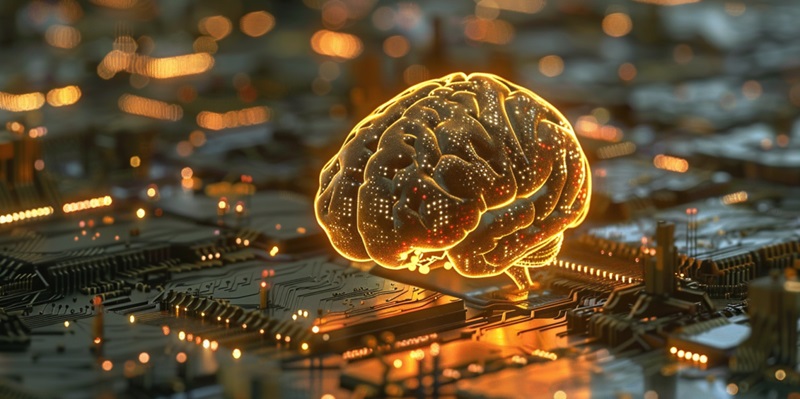Artificial Intelligence (AI) has become a cornerstone of modern technology, revolutionizing how we interact with the world from smart homes to autonomous cars. Yet its rise comes with a considerable environmental cost. AI systems, particularly deep learning and generative models like OpenAI’s GPT-3, consume massive amounts of power, equating to the usage of scores of households yearly. This energy consumption, although seemingly minimal on an individual level, accumulates to a significant environmental impact. Even small actions like a Google search add to this. The International Energy Agency warns that AI now accounts for an estimated 2% of global energy use, a number that threatens to grow unabated. With sustainability in focus, the energy hunger of AI represents a concerning challenge needing urgent attention.
The Balance of Technology and Environment
Addressing AI’s carbon footprint necessitates a shift toward constructing smarter, energy-efficient AI systems. Beyond just using renewable energy, we need industry dedication, policy backing, and greater public awareness to drive innovation in AI that’s power-conscious without sacrificing performance. Environmental experts call for open discussions about AI’s environmental impact and prioritize energy efficiency in its development.
Merging AI with environmental goals requires us to intelligently integrate tech advancements with eco-friendly practices. As AI leads us into a new era of industry, we face the critical task of ensuring its growth aligns with environmental preservation. This involves a commitment to sustainable computing, judicious AI application, and informed use. The push for eco-friendly AI echoes across the globe; stakeholders must now rise to the challenge with real measures.

